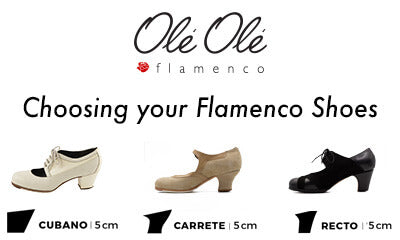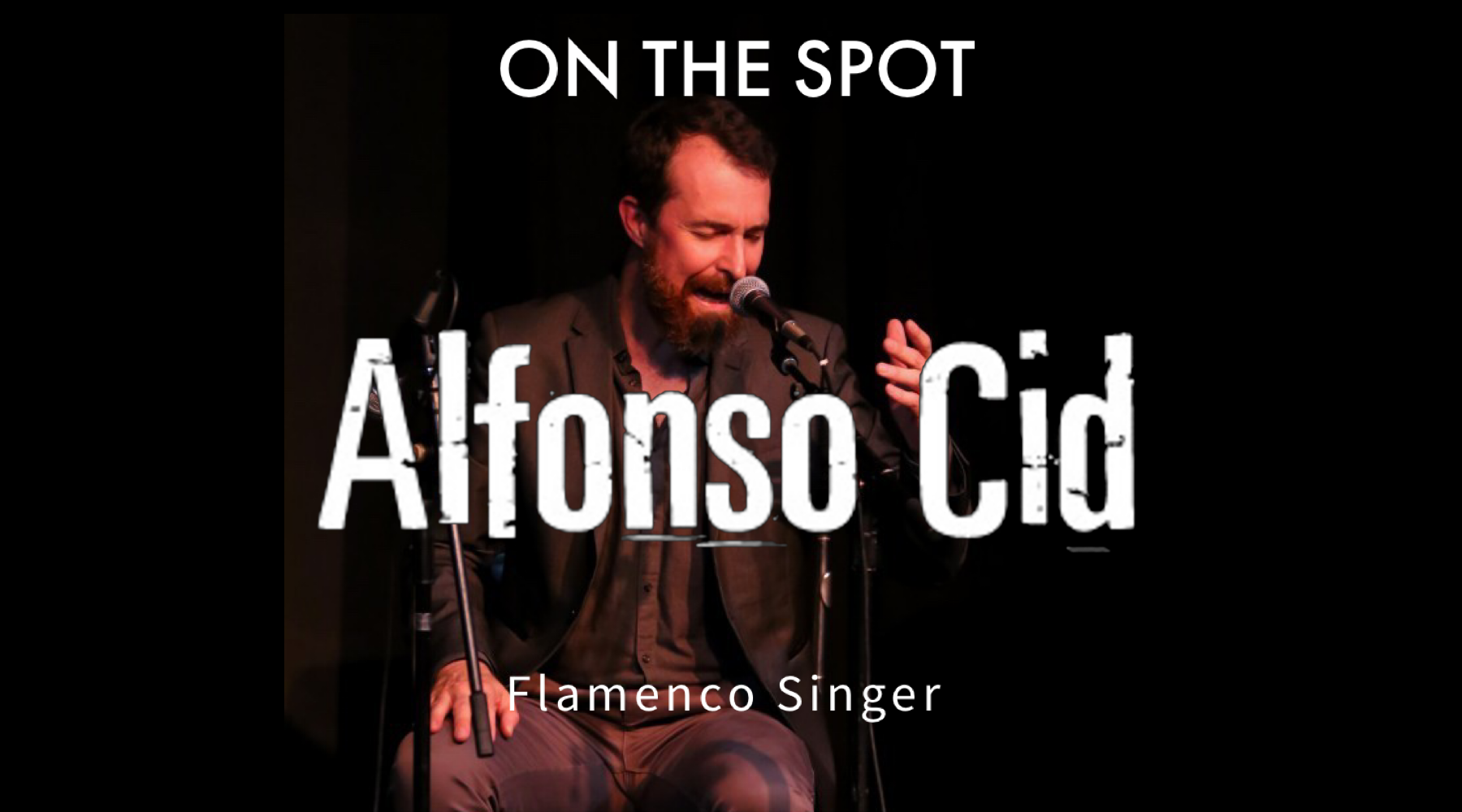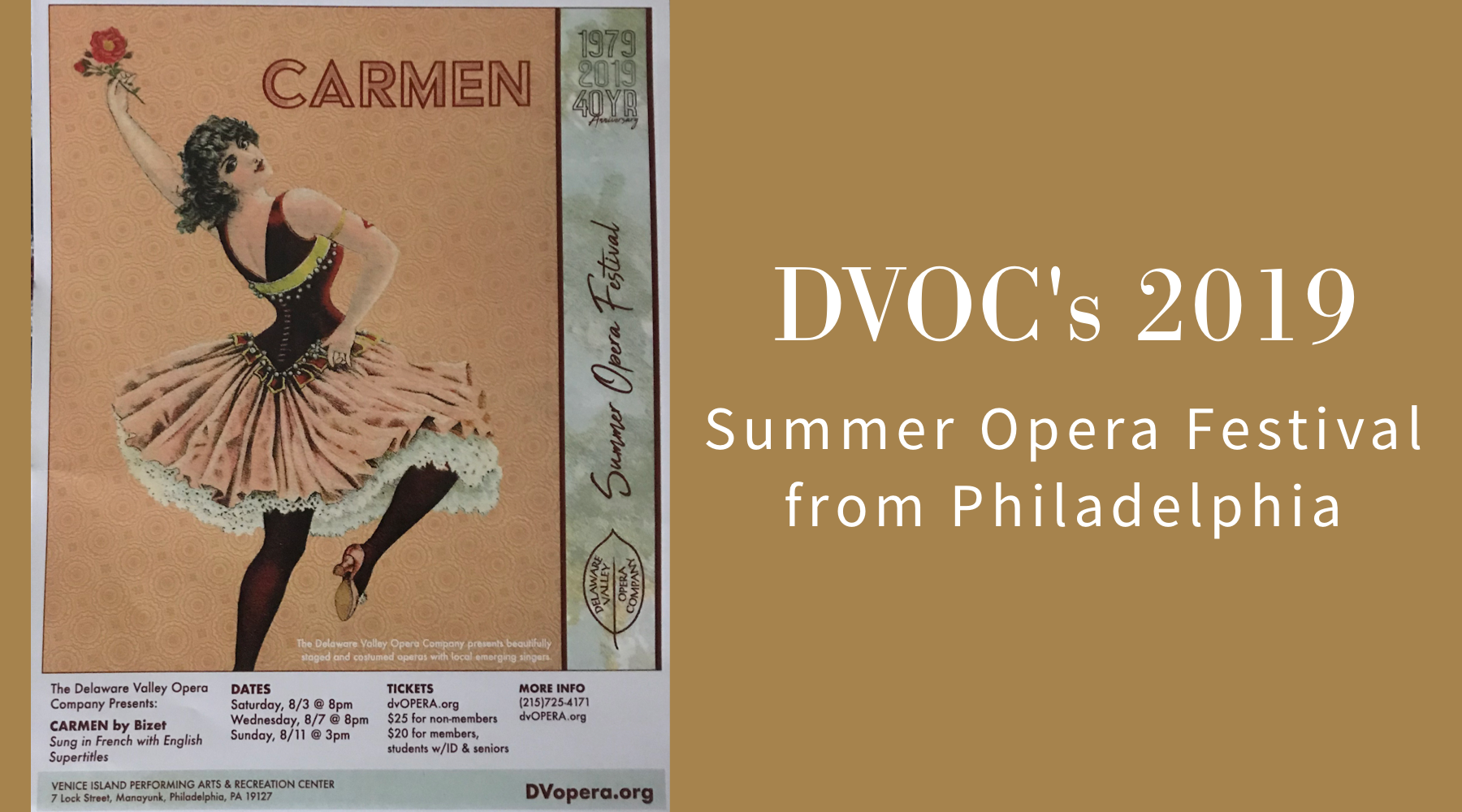
Choosing your Flamenco Shoes
Dancing has long been one of the most popular pastimes. The dance for some represents a social activity to relieve stress and expand the circle of friendships and for others, it is a profession that requires years of practice, discipline, and total concentration.
But indifferently, if you dance for fun or as a professional career the use of good footwear is essential, and when choosing your flamenco shoes this can affect your performance on the dancing floor in a positive or negative way.
The shoes are very important, as well as the clothing, not only because by using quality and appropriate footwear you are taking care of your feet but also ensure a healthy routine, with elegance and style.
The most important when it comes to buying your flamenco shoes, is the sound and quality of the shoe and also know the right size for your feet.
Regarding the material to choose, whether leather or suede this depends on your preference and how sensitive your feet are.
If you have a sensitive foot, we recommend using suede because it is softer, and it adapts more easily to the shape of your foot.
Leather shoes are more resistant, with suede shoes you should take extra care because the type of material is more delicate.
The ideal to start is to have a pair of shoes in black color or nude color because these are the perfect colors to combine with any flamenco garment.
With respect to flamenco shoe model, there are 3 models:
- With elastic strap
- With strap and buckle or
- With laces
For any reason, we recommend using flamenco shoes with an elastic strap as the elastic strap usually lose its elasticity as you go using the shoe and is not replaceable.

The flamenco shoes with laces have to your favor that you can adapt the total width of the shoe.
If you have a normal or wide foot, it is perfect, because you can play with the amplitude that you give to the shoe according to whether or not you tighten the cord.
This system is not recommended for people with a very narrow foot, because when going to tie the laces, the lapel, piece where the holes through which the cord goes are usually high.
Another benefit of shoes with laces is that you can change the laces for another color whenever you want and so you can give a fresh look to your beautiful shoes.
The flamenco shoes with strap and buckle are also an excellent option. You can adjust the shoe with the holes of the strap according to your needs, you do not have to worry about its duration or deterioration (as with the elastic strap shoes). It goes very well to all kinds of feet and also for narrow feet. This style leaves much of the instep uncovered which is a very nice detail.
With regard to the heel there are basically 3 types of heels:
- The regular heel or straight heel
- Garrucha, Semi-Carrete or Carretilla heel
- Cuban heel
 Regular or straight heel, it is the most popular heel. It came in different heights that normally range between 5 to 7 cm, but the most popular height is 5 cm. Remember that a mayor of height, greater instability.
Regular or straight heel, it is the most popular heel. It came in different heights that normally range between 5 to 7 cm, but the most popular height is 5 cm. Remember that a mayor of height, greater instability.
Garrucha, Semi-carrete or Carretilla heel, you can also choose between 5 and 7 cm in height. It has an hourglass shape. The central part of the heel is narrow and becomes wider at the base and in the part that joins the shoe.
Depending on the brand, the total impact area may be smaller than the regular heels. This makes the vibration of the blow on the ground take longer to dissipate at the musculoskeletal level.
This heel is very original and elegant but it is not recommended if you are going to last more than 3 hours dancing.
Another thing that we recommend is to have several pairs of shoes, one pair with regular heel and one with garrucha heel so that you can alternate in each class and feel more confident and know the difference between each heel.
The Cuban heel is very comfortable. It is recommended for people who spend many hours dancing (For example, for flamenco teachers). It is not usually in stock in flamenco stores, so if you prefer Cuban heel, it is most likely that you have to order it.
In addition to the shape of the heel, you can choose a heel covered in leather or suede (normally the flamenco shoes are already covered in leather or suede) or you can also order them without covering the heel, with natural wood or varnished in dark color.
You can also order Palo Santo heel. Palo Santo is a dark wood from India that some people prefer because they say that their sound is better compared to the wood that is normally used to make the rest of the heels. This is not necessary if you are not a professional dancer performing on stage. In addition, all these additional requirements have a special cost and normally you have to order it because usually, flamenco stores do not have it in stock.
Regarding the nails in flamenco shoes, definitely, the flamenco shoes are characterized by having nails in the heel and the tip. The nails are one of the basic elements when it comes to getting the shoe to sound when you are dancing.
For girls, it is recommended to wear flamenco shoes without nails. It is safer and at their age, they do not need it.
Now let's talk about choosing the size of your flamenco shoes. It is extremely important that you wear the correct size when wearing flamenco shoes.
It is also important that you wear a flamenco shoe of high quality and professional because when choosing an inexpensive shoe, which is not a quality shoe and that is not handmade with the dedication it deserves, you will have problems on your feet over time that can be irreparable.
Think that the health of the foot is at stake, and choosing a high-quality flamenco shoe will last longer and sound better when dancing.
When choosing your size, a flamenco shoe does not have to be tight when you try it on. You have to feel that the shoe is holding your foot, but it does not have to hurt you, nor should the foot slip inside.
It is true that all shoes give in with the use, but if you put them on and your foot hurts, it is a sign that this is not your shoe.
Tip to keep in mind before taking the measurements and get your correct size:
Do you wear your flamenco shoes with regular socks, low cut thing socks or bare feet when you go dancing?
There are people who dance with regular socks or low cut thing socks and others who dance with their bare feet. Choose how you will dance and take the measure of your foot as you will use it in the classes.
At what time do you have your flamenco lessons?
The feet tend to swell throughout the day, so we recommend you take the measurements of your foot at the end of your day.
Dancers should take care of their feet and care begins with good shoes, your choice should not be taken lightly.
Watch this video so you can take the measurements of your foot properly and so choose the correct size:






1 comment
I am a man who is increasingly employing Flamenco technique but I am wearing a Bloch 8.8 (British size, 9 American) standard tap shoe. At first 7 years ago the shoes were tight and felt floppy and long. Now they have molded nicely. I get some pain in the right foot when i perform percussive heel work in my Spanish dancing and I am thinking a Flamenco higher heel would be safer. is it true that a higher heels give greater support for the heel drops and stomps?
I am a rhythm tapper and I fear that a Flamenco shoe may limit some of my style regarding the sound that is created, too.
Andrew Glenn
Leave a comment
This site is protected by hCaptcha and the hCaptcha Privacy Policy and Terms of Service apply.